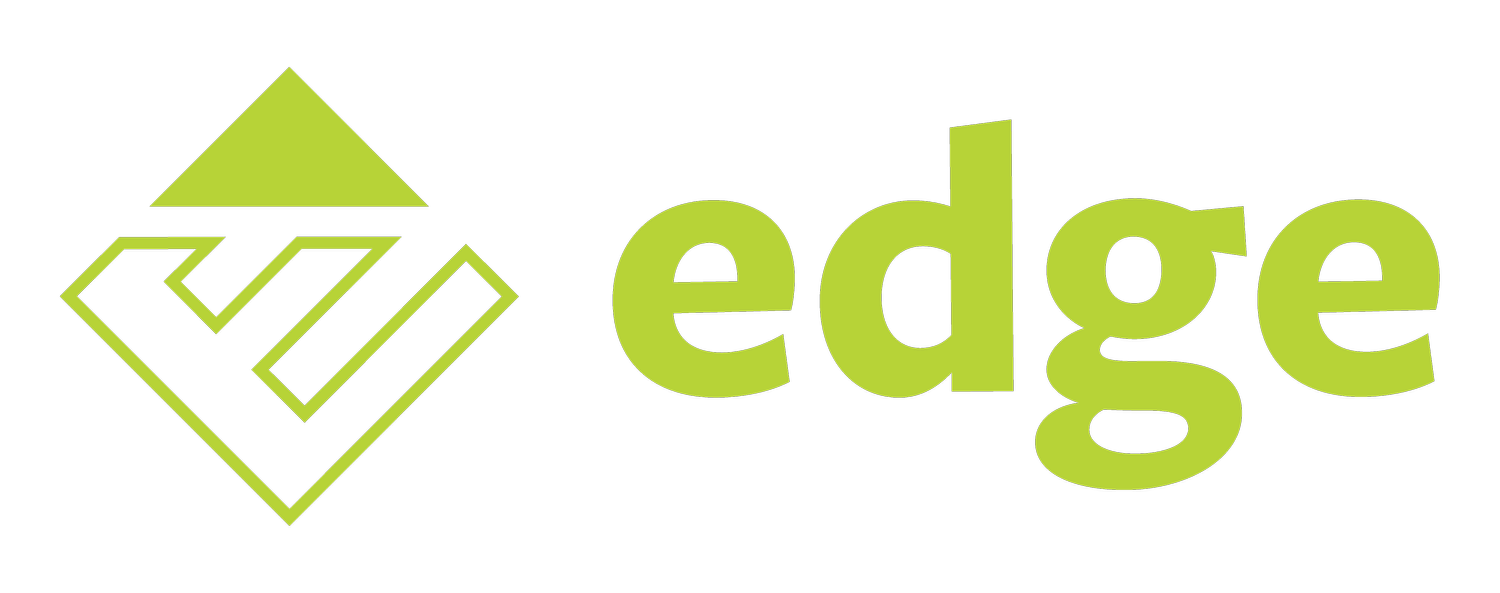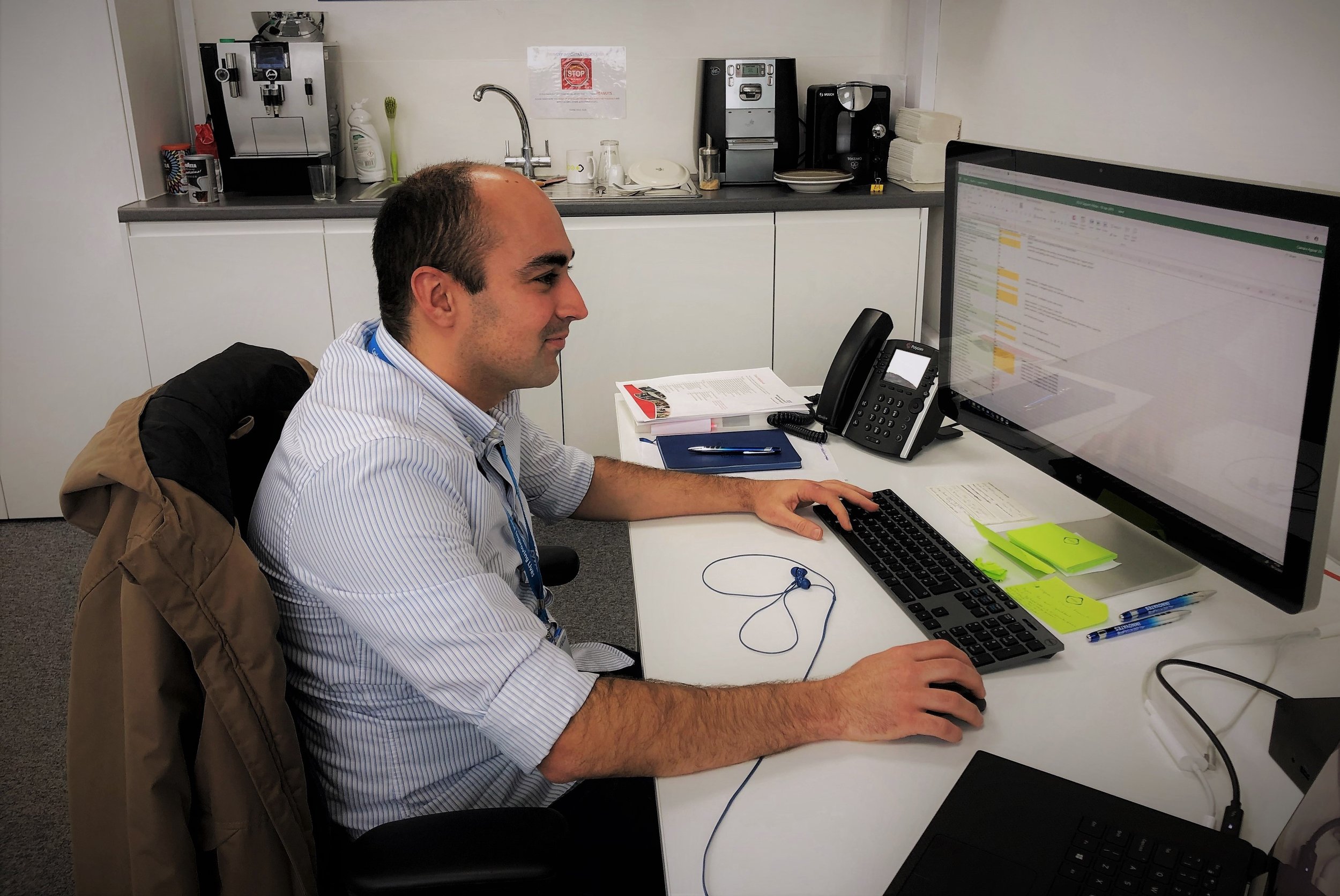A day in the life
of a Knowledge Officer
To be honest, one of the reasons I enjoy being a Knowledge Officer (KO) is that the days are never the same. I wouldn’t be able to stay in a job where the days are similar with the same repetitive tasks. Doing the same thing repeatedly always reminds me one of those movie plots where the main characters keep reliving the same day until they find a way to break the vicious cycle. Luckily, the KO position has a broad range of responsibilities and could be described like a ‘Jack of all trades’. Therefore, it keeps my professional life interesting and constantly providing new challenges.
Whenever someone asks me what my job is and I say Knowledge Officer, this usually leads to a couple of minutes of questions about what a KO actually is. My explanation generally revolves around the concept that is a mixture between account/project/product management for an IT clinical research organisation. Normally, it is also useful to describe some of the duties to provide a better picture with the explanation. These duties include, in first place, the support to our users, such as replying to data management, reporting, and training queries. On the other hand, we also have to manage specific projects that differ for each KO within the team (in my case the EDGE/CPMS integration for UK) and deal with enquires of other organisations that want to collaborate with or use EDGE.
Furthermore, we need to envision how EDGE will look in the future by trying to understand the ever-changing clinical research environment. Therefore, we need to keep up to date with developments within clinical research, trends, and changes to regulation. An additional challenge is the fact that EDGE is used in various countries, so we need to have a basic understanding of the particularities of each of them. Ideally, any new functionality would be useful worldwide and benefit most of our users for each of the different countries.
As a KO, we are quite often in a position of a mediator. A good example of this is mediation between EDGE users and the CIRU development team to develop new functionalities. Consequently, we must be able to promote discussions, listen to different point of views, and steer the discussion into a realistic shared goal. The ability to create good working relationships with people of different areas and levels of seniority is essential. In my opinion, one of the most important duties as a KO is to facilitate discussions which can lead to the enhancement of the EDGE system, which then becomes valuable to our users.



